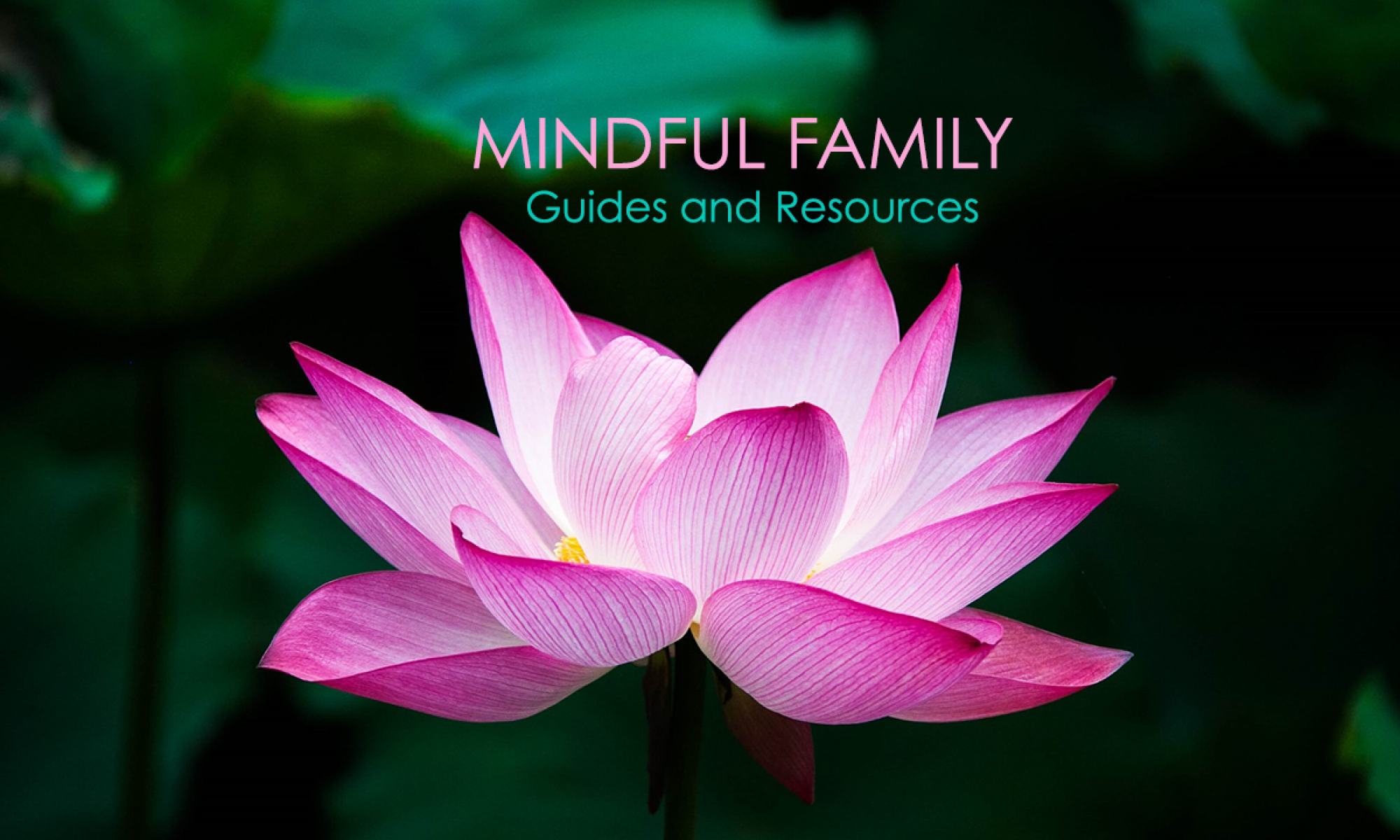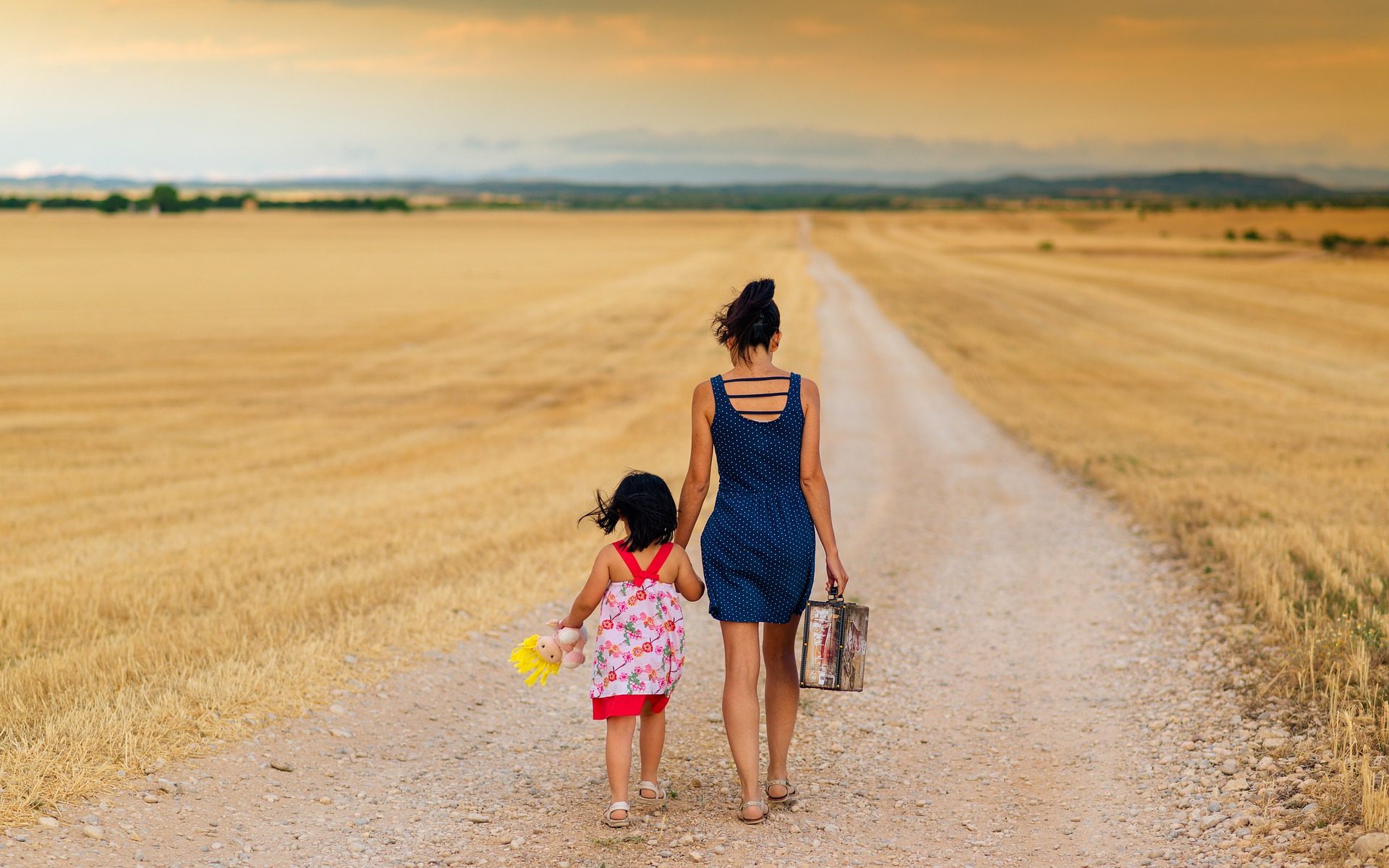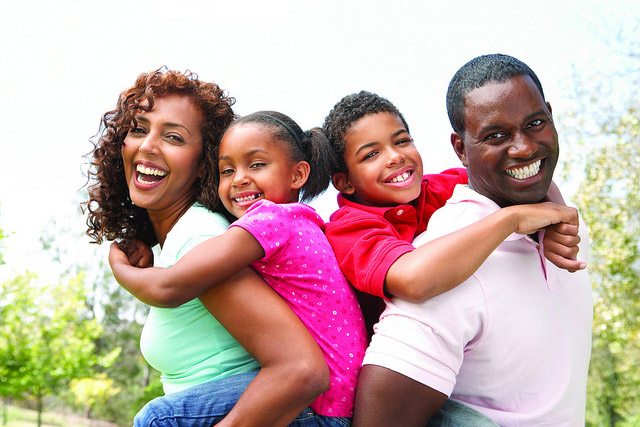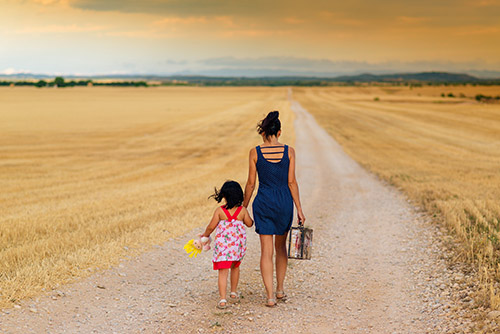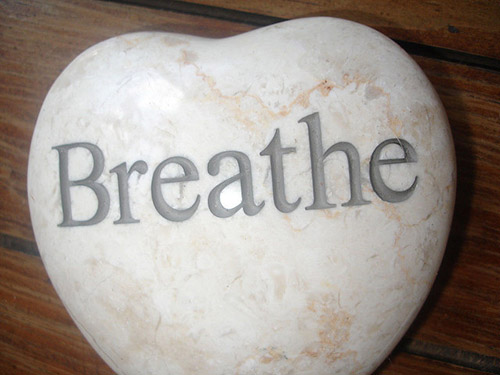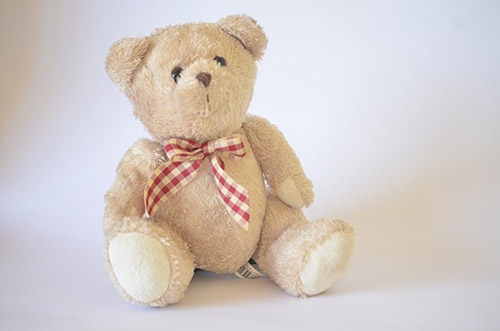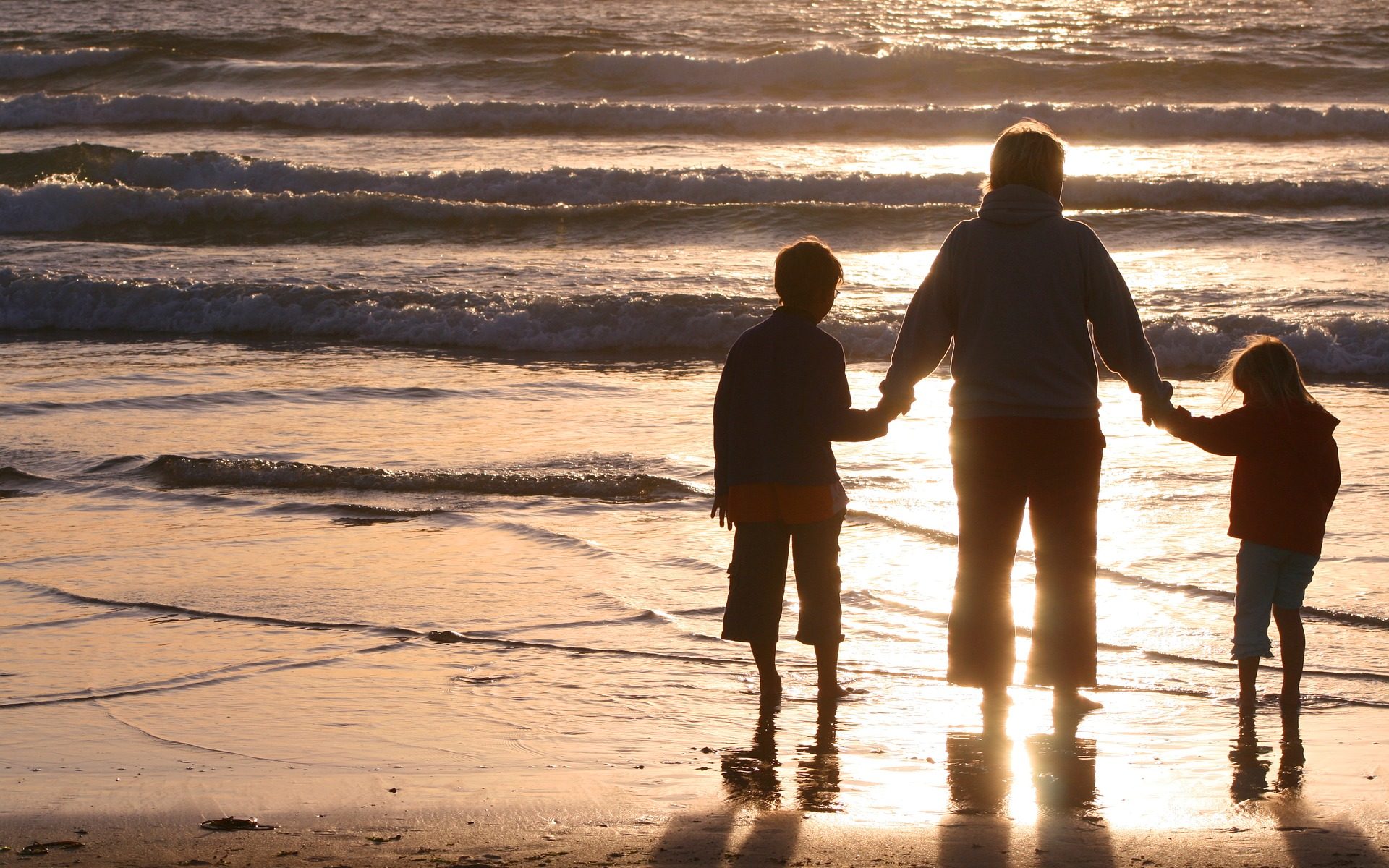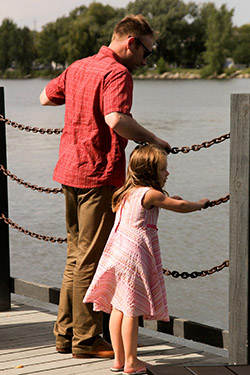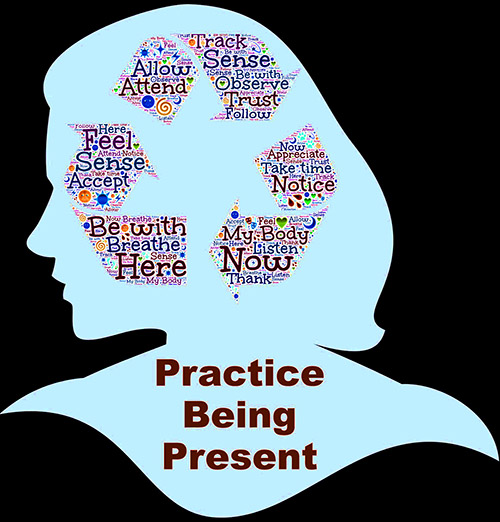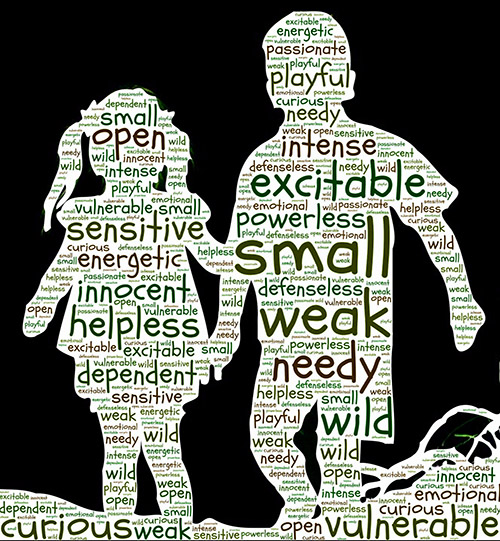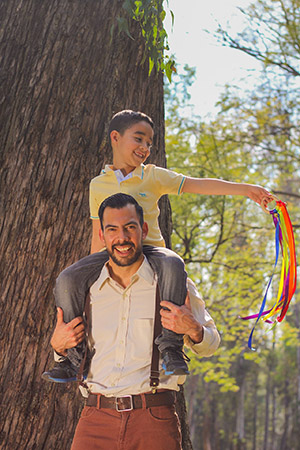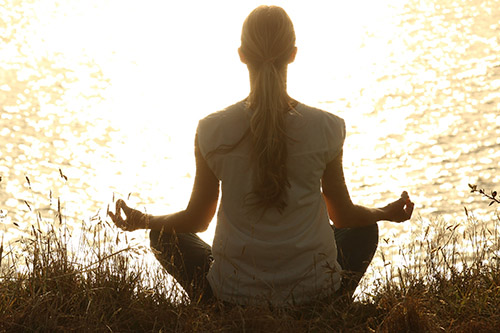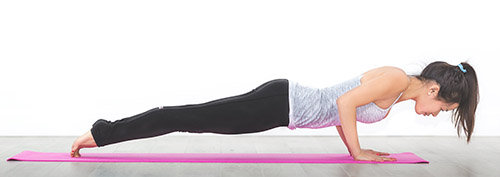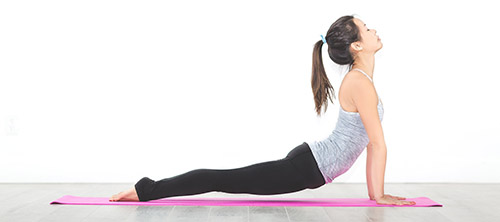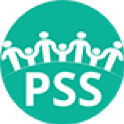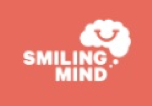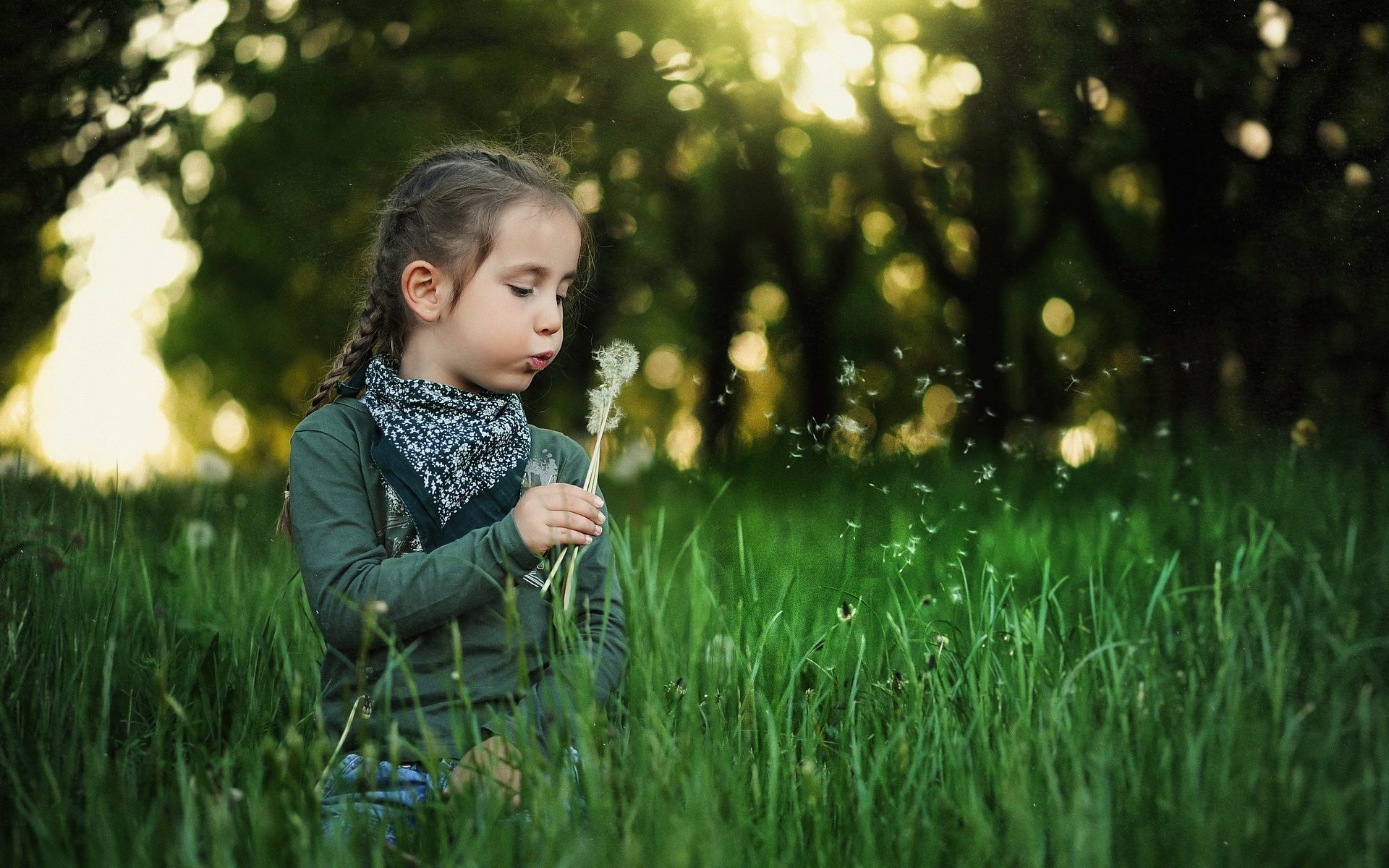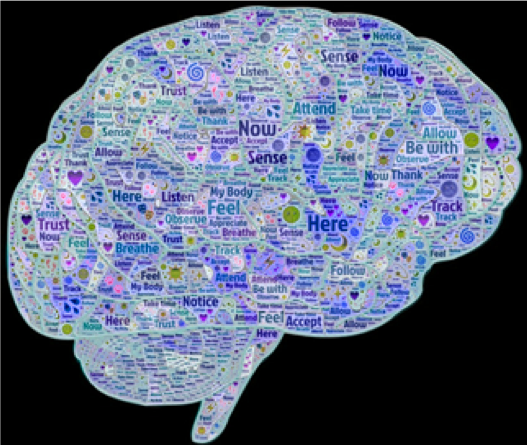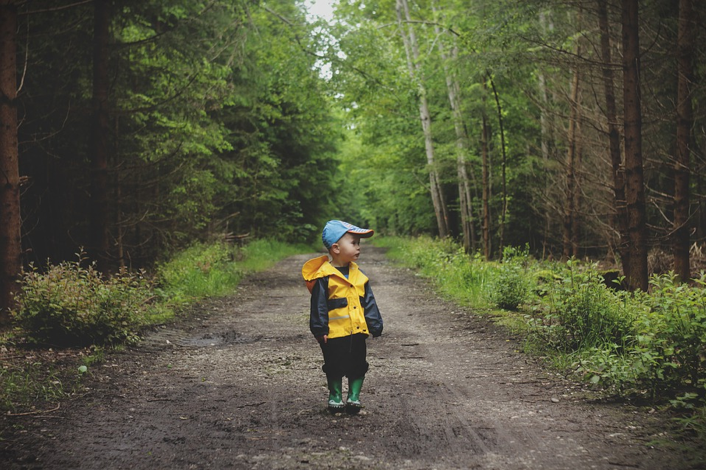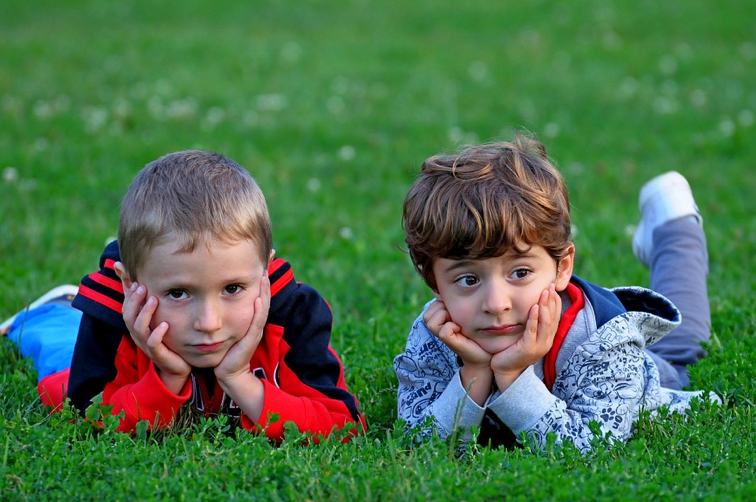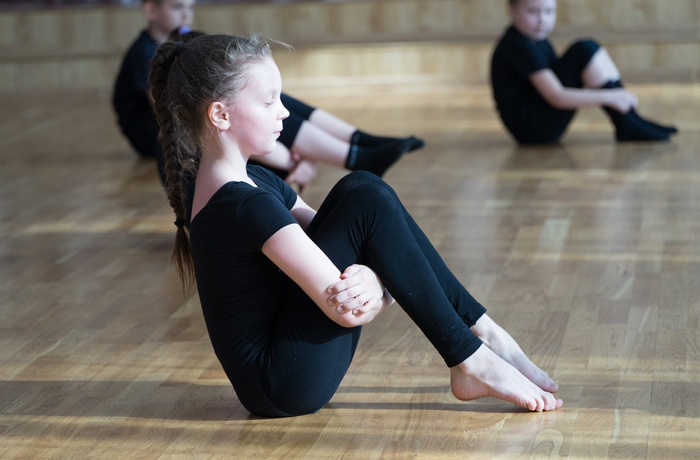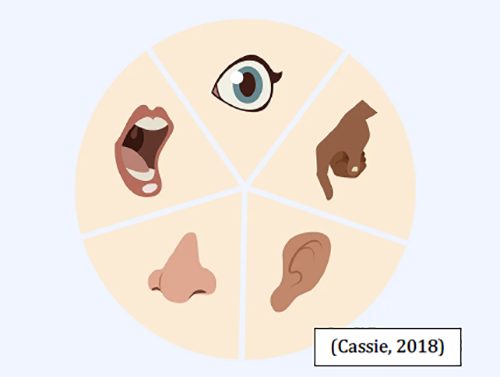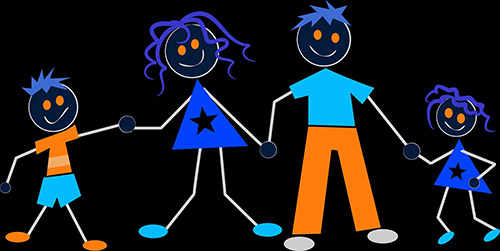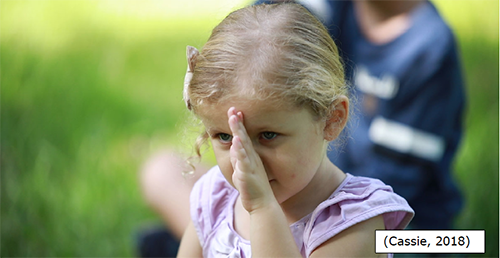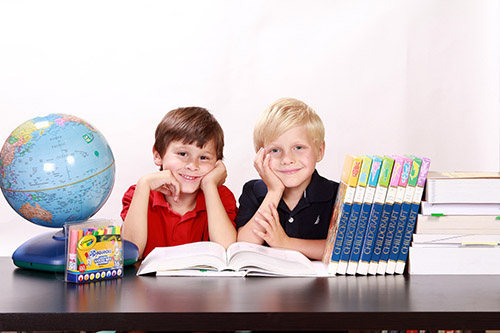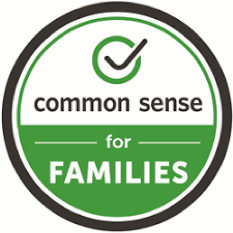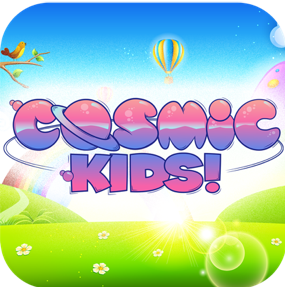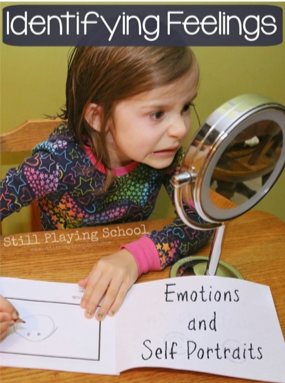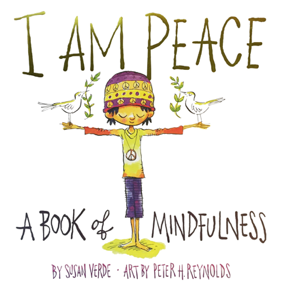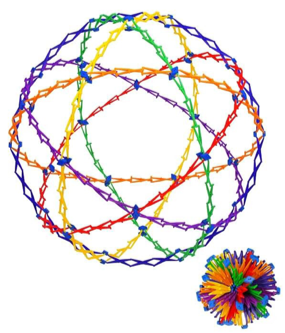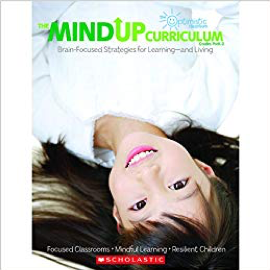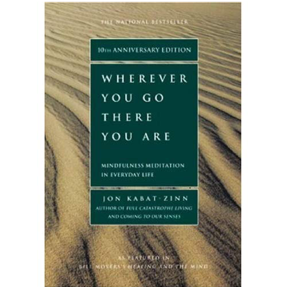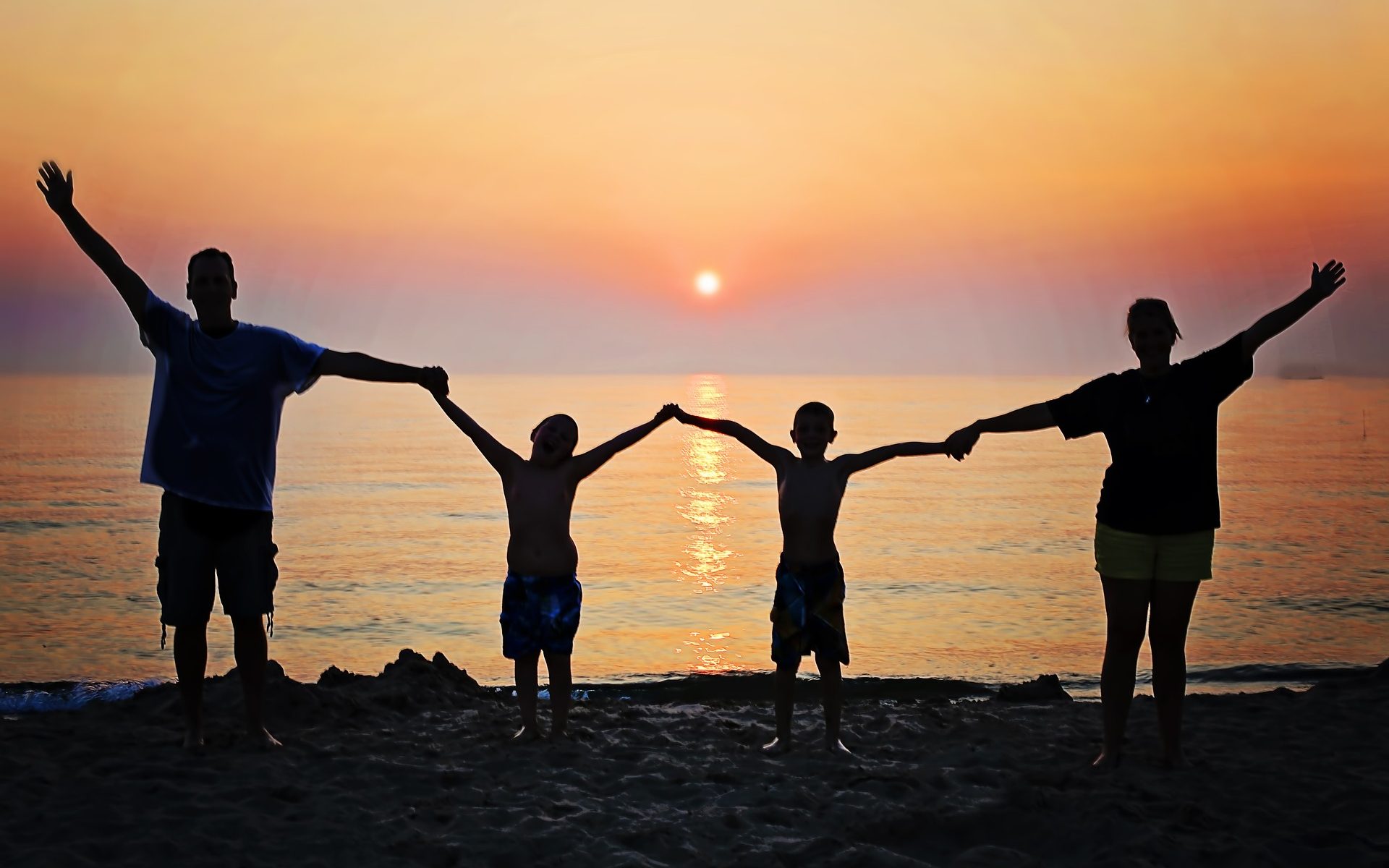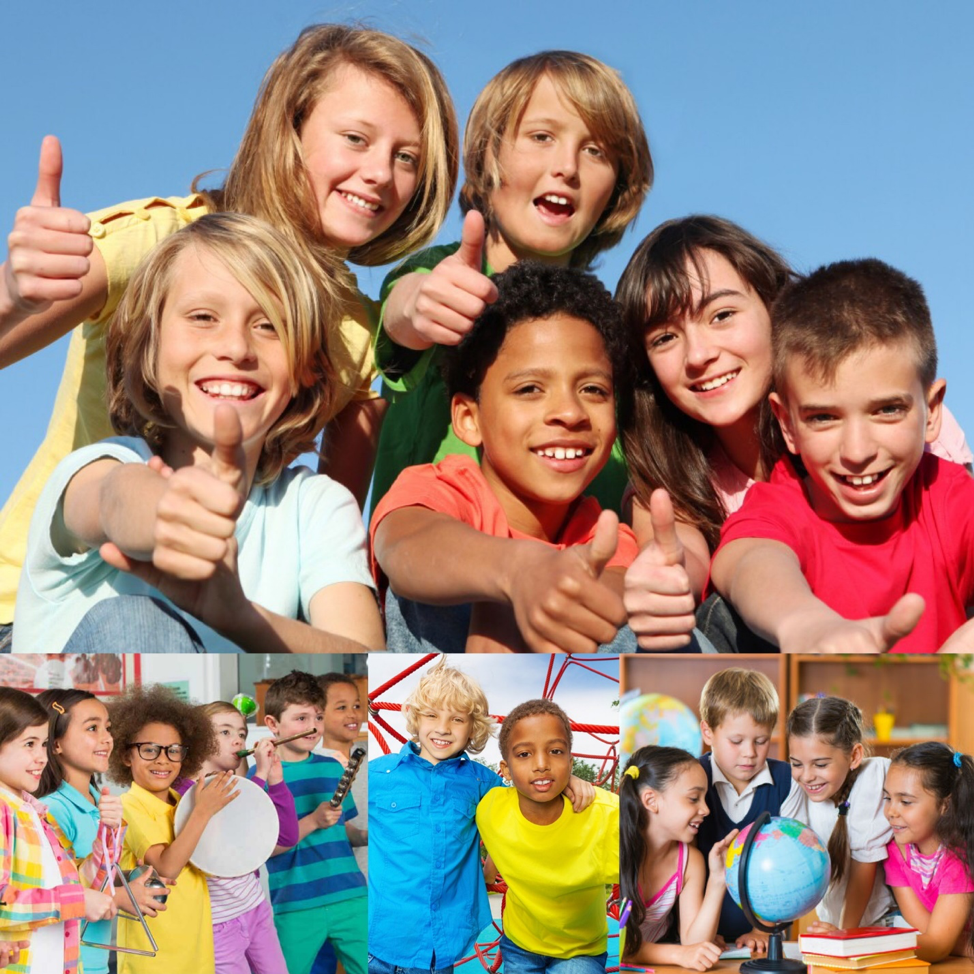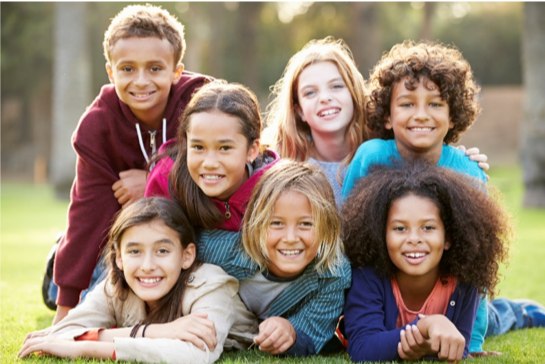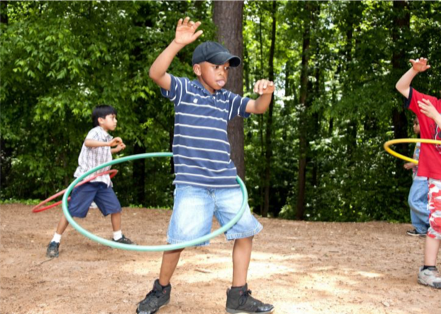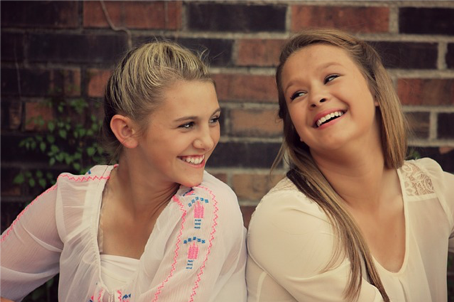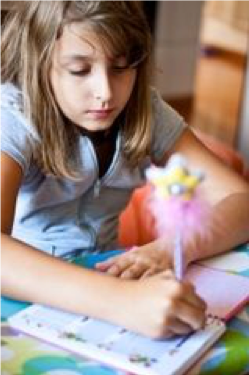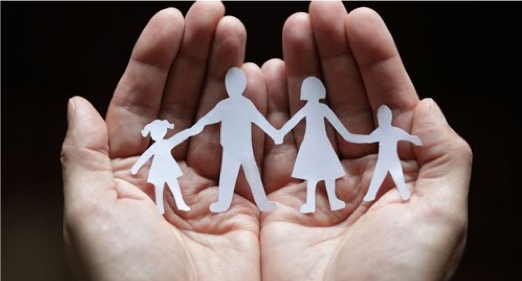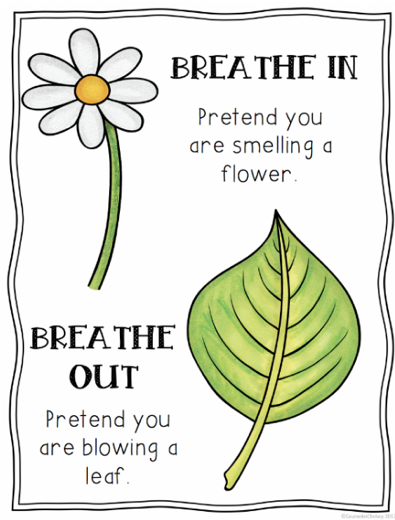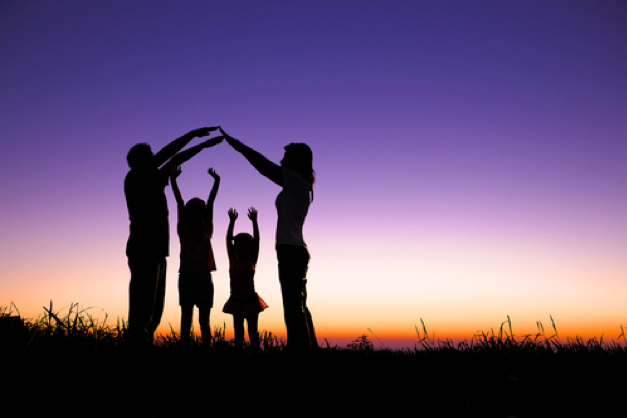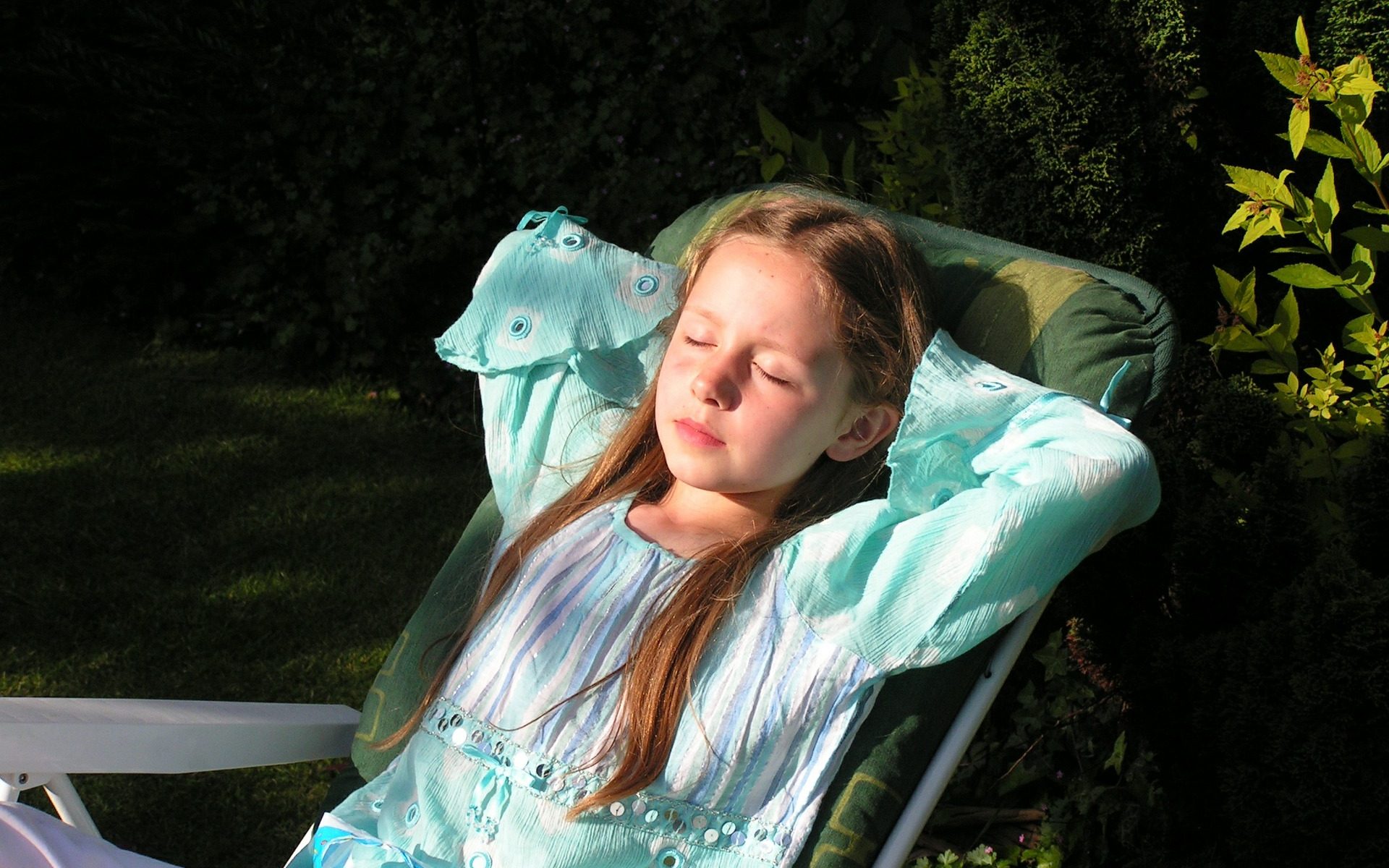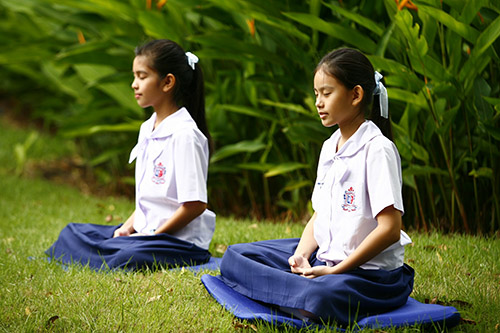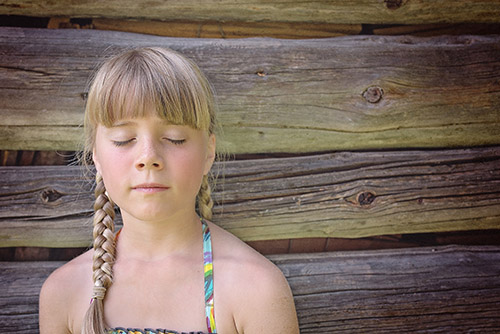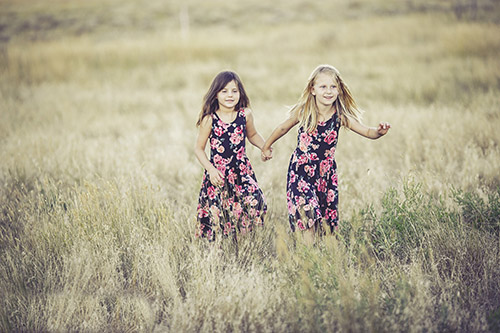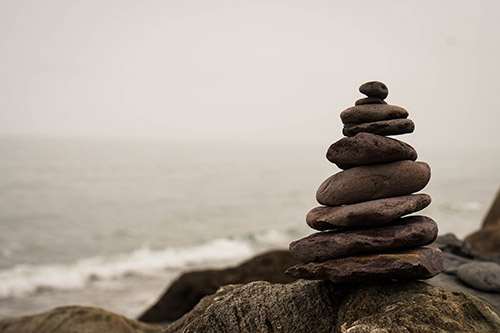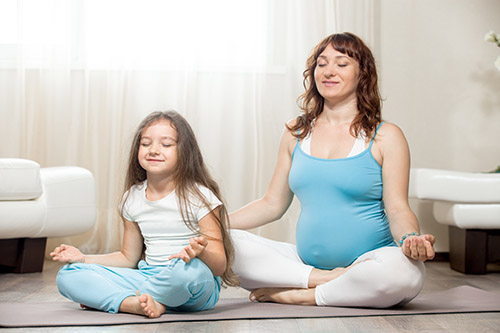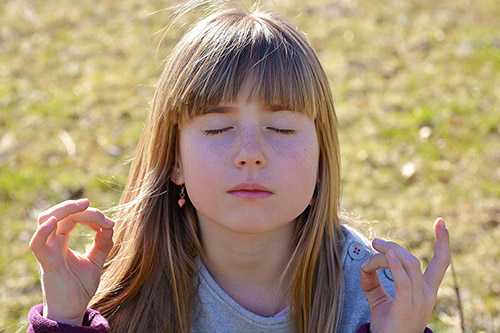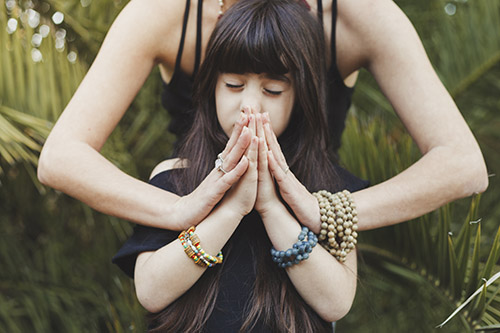By Anna Montabello and Rachel Hendry
Despite mindfulness seeming like an activity or practice designed more for adults, it can be extremely beneficial in young children as well, allowing them to learn to be present in the moment. Mindfulness is commonly defined as “paying attention in a particular way: on purpose, in the present moment, and non-judgmentally” (Viglas & Perlman, 2018). Incorporating and teaching mindfulness daily with preschool-age children is a way to focus on developing healthy minds and promoting self-awareness and emotional regulation and management. While it may seem difficult or even impossible to have young children sit down for a long class of stretching or yoga, that is not the goal. The idea is to make it fun, create and incorporate games, promote laughter, and provide encouragement while teaching skills that will help childrem learn to self-regulate, manage stress or anxiety, and listen to their bodies.
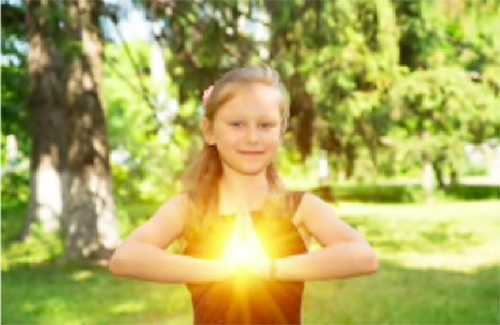
Getting Started
It is important that activities and practice are age-appropriate in order to engage and educate children. This can include pictures, videos, objects, music, and simple movements – all tools that are appropriate for a preschooler and will allow them to focus and engage in an encouraging and supportive environment. It is important for children to develop mindfulness to help them cope even in situations when they are under pressure or stress. Mindfulness can also help alter how they meet and respond to certain challenges (Sheridan, 2016). Self-regulation is considered a critical component of school readiness, as these skills facilitate peer acceptance and social success, as well as academic performance in early elementary school (Razza, Bergen-Cico & Raymond, 2015).
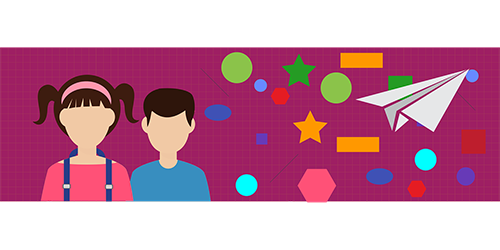
Mindfulness can also be helpful preschoolers for decreasing anxiety and promoting happiness (Gelles, n.d.). Since self-regulation and social and emotional competence are significant predictors of school success, incorporating mindfulness practices into a preschoolers life can have lasting benefits into adulthood, as higher levels of regulation have been linked with positive developmental outcomes including greater self-esteem, professional attainment, and better health. Gains in self-regulation can also help decrease children’s maladaptive behaviours related to hyperactivity (Viglas & Perlman, 2018; Razza et al., 2018). It is important to recognize that the best way to teach your preschooler to be mindful is to embody the practice yourself. It is not like piano lessons, where you can have someone else teach your child, you have to learn it yourself (Gelles, n.d.).
Educational Benefits
One study found that preschool-aged children who were taught techniques such as focusing in on their breathing, received higher marks in school, as well as displayed an increase in social-emotional development and improved health (Flook, Goldberg, Pinger & Davidson, 2015). Other studies have shown that by teaching mindfulness to young children and allowing them to participate in mindfulness practices, children show improved social skills, reduced attention problems, and improved mental health (Crescentini, Capurso, Furlan & Fabbro, 2016).
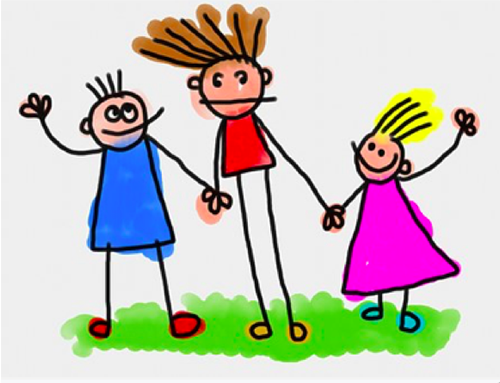
Mindfulness Tips for Preschoolers
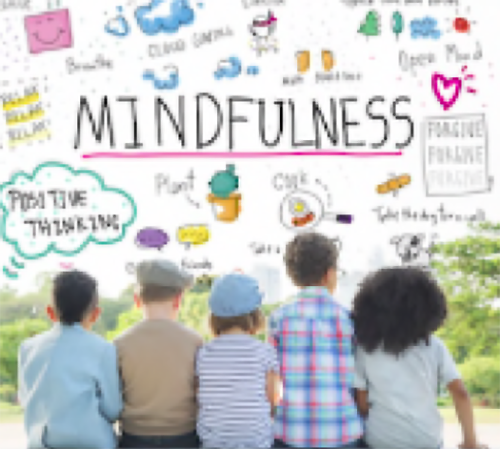
There are various types of meditation mindfulness practices that can be useful for preschoolers. Types of meditation practices include; focused attention (concentrating on a word, thought, sensation, or image); mindfulness-based stress reduction; movement-based meditation (yoga, or Tai chi); cultivating positive emotions; and emptying (centering prayer). Children need some down time during the day in order to function more effectively. Meditation practices are a great tool for preschoolers to learn how to calm themselves, while sitting or lying quietly and focusing on their breath (American Academy of Pediatrics, 2017).
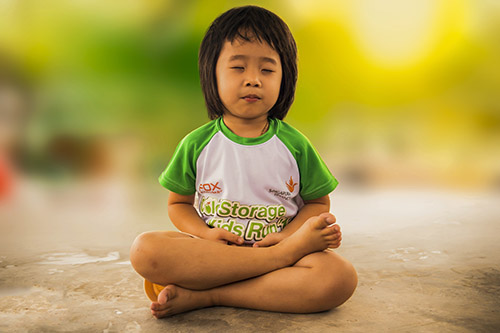
The length of time and number of days a preschooler should practice mindfulness can vary depending on their temperament, however it is recommended that preschoolers practice mindfulness for a few minutes per day. It may be best to practice these techniques before their bedtime, in order to calm them, which can have a positive effect on their sleep (American Academy of Pediatrics, 2017). Incorporating age-appropriate practices can help to foster young children’s developing self-regulation and prosocial behaviour. More mindfulness-based programs should be implemented in early childhood classrooms to support the overall wellbeing of preschoolers (Viglas & Perlman, 2018).
Mindful Activities for Preschoolers
Animal Yoga
Introduction: Yoga is relaxing and builds breathing awareness. It is not only a calming activity but allows children to work on their balance, coordination, and flexibility as well as develops concentration and focus. Yoga is also an excellent activity to promote and work on mindfulness as it allows children to learn about the mind-body connection. Razza et al. (2015) also found that mindful yoga can be used to enhance self-regulation by allowing children to inhibit or control their impulses.
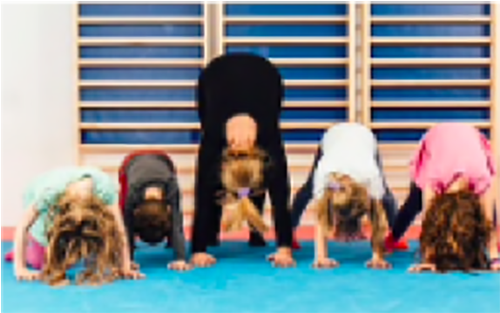
Elephant: Have children stand up tall and take big steps out to the side so they are standing with their feet far apart. Then have them bend at the hips and lean forward, putting their hands on the floor. Children can also sway their arms around as if it was their trunk, pretending to be an elephant.
Snake: Have children lay on their bellies with their hands down at their sides. Children will then use their back muscles to lift their head and shoulders up off the floor and hold for five seconds. Children can pretend they are a snake, slithering on the ground. Children can then lower their bodies down. This time, they can lift themselves with the hands in front, pushing up off the ground and lifting their head, chest, and bellies off the floor.
Crocodile: Have children come down onto their hands and knees. Then have them step their feet back onto their toes so that they are in a high-plank position. Have them hold this pose and tell them they are stretching crocodiles.
Flamingo: Have children stand tall. Tell them to bring their hands over top of their heads and high five themself at the top, keeping their hands touching. Then, tell children to try and lift one leg slowly of the ground, placing their heel onto the ankle or the knee of the leg they are standing on (ankle is easier). Have them try to hold it as long as they can and then tell them to try with the other leg. Tell the children they are balancing flamingos.
Bear: Have children come onto the hands and knees. Tell children to walk their feet back and make an upside-down V with their bodies, sticking their hips up into the air.
Tiger: Have children come on to their hands and knees. Tell children to tuck their chin into their chest and try to round their back like a cat or a tiger.
Hippo: Have children come to their hands and knees. Then tell the children to slowly push their bum back so they are sitting on their heels. Children can then slowly bring their heads down to the floor, just in front of their knees and place the arms back along the sides of the bodies. Have children take 8-10 deep belly breaths in this position, pretending they are a hippo sitting in the water.
Hedgehog: Have children lay on their backs. Then have them bring their knees into the chest and wrap their arms around their knees, giving their legs a hug. Children are curled up in a ball like a hedgehog. Have children hold this position while taking 5 deep, belly breaths.
Animal Yoga Video
This brief video demonstrates some of the poses described above:
Belly Buddies
Introduction: This exercise teaches deep breathing using a big muscle in our belly called the diaphragm. Sometimes when we breathe, we take quick and short breaths that just make our chest get bigger. Today we will learn how to breathe deeply, using the big muscle in our belly so that our chest AND our belly expand. Breathing deeply helps our bodies relax. If we are scared or anxious or nervous, our bodies cannot focus on taking deep breaths so instead we take quick, little breathes. By practicing deep breathing, we will be able to calm our bodies when we are scared or anxious, helping us slow down our heart rate and enter into a relaxation mode.
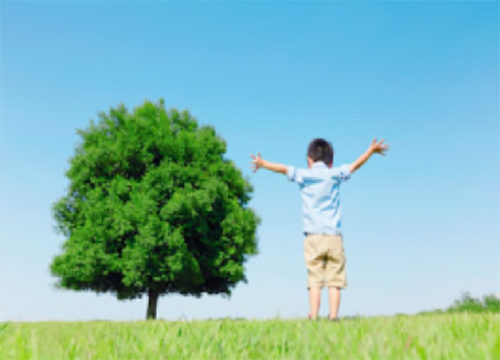
Activity:
- Have everyone in a circle, seated. Ask them to breathe normally. How does it feel? How do their body’s move?
- Now have them lie on their backs and put a small rock on their bellies that they collected on their nature walk.
- Tell the children to keep their mouths closed and have them breathe in through their nose for 3-4 seconds or until they feel that their whole belly is filled with air.
- Have them hold the air for 3-4 seconds.
- Have the children slowly blow the air out through their mouth until there is no more air in their bellies.
- Repeat 8-10 times. How do their body’s feel now? How does their belly move or their body move differently? What if they have the rock on their belly and take small, quick breathes?
Tips: Exhale through a straw if children are having difficulty exhaling slowly. Teach children to do this when they are angry or scared, or even before bed!
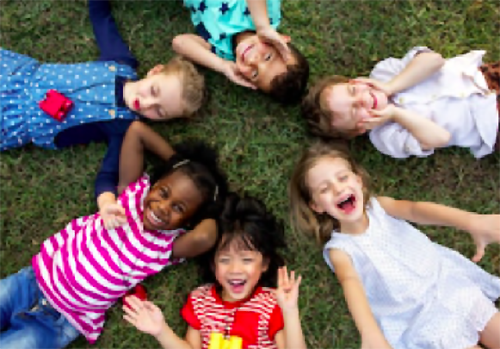
View Our Belly Buddy Breathing Video
Video created by
Anna Montabello and Rachel Hendry
1:18 mins, November 2018
Mindful Preschooler Resources
5 Outdoor Mindfulness Activities for Preschoolers

This resource provides 5 excellent outdoor mindfulness activities for preschoolers and their families. The 5 activities are: observe the clouds, hug a tree, make a nature mandala, go for a listening walk, and be an animal yogi. It offers ways for preschoolers to restore and connect outdoors after school. The best thing about this resource is that it is very easy for parents and young children to understand. There is a simple explanation of each activity, how to do it, and why it is important. These activities also require no planning, or extra equipment, can be done anywhere and only require 15-30 minutes of their time.
URL: https://preschoolinspirations.com/5-outdoor-mindfulness-activities-for-preschoolers/
Kids meditation – Imaginary Hugs & Peaceful Place

In this video, kids are able to use their imagination and practice focusing by imagining themselves in a peaceful place. They are also guided to sit still with their body straight and relaxed. Breathing is also practiced and they are guided to imagine their ‘happy’ place or somewhere they like having fun. The video also incorporates a popular figure (Winnie the Pooh) that kids might be familiar with. This would help them internalize a mindful practice. The woman’s voice in the video is also very calming and she allows children to use their senses to help relax their bodies. Then they are to imagine that they are giving a hug to someone they love. This is a great resource to help preschoolers feel relaxed, as well as use their imaginations and feel happy.
URL: https://www.youtube.com/watch?v=BJE-Zm0glxg
Mindful Meditation for Kids – Breathing Exercises

This resource teaches kids about mindful meditation and what happens when they let their mind wander. It teaches them how to bring their minds back. Kids are able to follow the woman’s calm voice and focus on their breathing. The video goes through meditation breathing and helping kids notice their breath and how the chest rises and falls. The video also helps kids refocus by talking about what kids may be thinking about instead of the mindfulness practice and tries to bring them back to their breath and again focusing on the rise and fall of their chest and how the air flows through their nose all the way into their body. This is a great resource as it is very calming and easy for kids to follow. Because it is 12 minutes long, it would require patience. A preschooler may have to complete this in parts if they start to have trouble focusing.
URL: https://www.youtube.com/watch?v=Bk_qU7l-fcU
Sesame Street: Common and Colbie Caillat – “Belly Breathe” with Elmo

Belly breathe with Elmo is a perfect mindfulness resource for preschoolers. Preschoolers would love this as Elmo is in it and the music is very catchy. When Elmo is shown to be a monster and then deals with his anger inside, preschoolers get a visual of what may be happening to them and then learn how to deal with it. The singers are very clear with the instructions of what to do so it would be easy for preschoolers to follow. There are also demonstrations of children doing the belly breathing which allows for better understanding.
URL: https://youtu.be/_mZbzDOpylA
Body Scan Meditation for Kids

Body Scan Meditation is another great tool to help preschoolers relax. This is a great resource to use before bedtime to help calm a child and allow them to be in tune with their whole body and sensations. This resource would also be very good for school. If a child is having a hard time, they could go find a quiet place and listen to this to calm them down. It also tries to focus a child’s attention away from other things they may be thinking about such as feelings of anger or frustrations or restlessness and back to their body and being aware of the present moment.
URL: https://soundcloud.com/mindfulmagazine/body-scan-meditation-for-kids
Yoga for kids with animals – Smile and Learn

This is an educational yoga video for kids and their parents. Throughout this video, they are taught how to relax in various ways. It offers a fun story with animals and kids can practice different yoga poses and work on their breathing. This is a very fun video for preschoolers and the animals that are incorporated into the video can catch their attention and help them through the video. It is simple and easy to follow and they use young children and older children to appeal to all ages. The animals in the video are great examples as the poses animals do in real life, the kids will know (for example, the cat on all fours and the snake lying on the floor). The animals in the video also speak about breathing. The video is an adequate length so a child should be able to follow it till the end.
URL: https://www.youtube.com/watch?v=5XCQfYsFa3Q
Mindful Ozzy Introduces Mindfulness (Pre-k to Grade 2)

Mindful Ozzy teaches mindfulness by first talking about it as a superpower. He helps children understand why it would be important to practice mindfulness and focuses especially on breathing. He teaches children how to pay attention to their bodies by taking long deep breaths and filling up their bellies and breathing it all out. It is a very cute video and there are other animals that help Ozzy out. Another interesting part of the video is the 1-2-3 counting that also applies to preschoolers as they are learning how to count and may recognize those numbers. 1-2-3 is a great strategy for them to use to practice mindfulness and something they are familiar with.
URL: https://www.youtube.com/watch?v=0k_R7R1gIdA
Breathe, Think, Do with Sesame (App)

This is a resource app that preschoolers can use themselves on the iPad or tablet as well as parents can use to help teach skills such as problem solving, self control, planning, and task persistence. From these apps, a preschooler laughs and learns as they help a Sesame street monster calm down and solve everyday challenges. For example, the child will tap and touch to help the monster friend take deep breaths, think of plans, and try them out. This is an excellent resource as a preschooler will love the animations and playful interactions as well as being exposed to important emotional vocabulary and a breathing technique. It is intended for children ages 2-5.
URL: https://itunes.apple.com/us/app/breathe-think-do-with-sesame/id721853597?mt=8
Wuf Shanti Yoga Fun Machine (App)

This is another resource app for kids ages 3+. It includes kid-friendly yoga, and meditation lessons from a big, happy dog. It is a non-profit organization so the cost is low for parents to buy the app for their preschooler. Preschoolers can use this resource on an iPad, iPod touch or iPhone. It is very educational, and easy to follow. This yoga app includes brief videos of yoga poses, songs, meditations, and positive thoughts. There are also games and colouring pages on the app. Kids will enjoy this app because it is fun and they may recognize the dog from its show on TV. Poses are presented by using animal moves or figurines, and some videos include kids with physical challenges doing yoga, showing anybody can modify poses to fit their needs. Wuf Shanti also gives kids (and parents) positive words and phrases to talk about and use in stressful moments.
URL: https://www.commonsensemedia.org/app-reviews/wuf-shanti-yoga-fun-machine
Cosmic Kids!

Cosmic Kids offers many videos for preschoolers on yoga, meditation, and breathing, Cosmic kids has a Youtube channel and app so it would be easy for the parent of the preschooler to sign their child up. The Youtube channel is free but the app costs money. There are various mindful meditation yoga classes and ‘brain break’ videos. The Zen Den videos specifically help preschoolers visualize and ease their minds. Some of the yoga videos also incorporate physical activity, which would be fun for a child. The yoga specifically helps preschoolers develop body awareness. They learn how to use their bodies in a healthy way and are taught to manage stress through breathing, awareness, meditation and healthy movement. This is a great resource as Cosmic Kids offers many physical, emotional and learning benefits to a preschooler.
URL: https://www.cosmickids.com/mindfulness-meditation-videos-kids/
References
American Academy of Pediatrics. (2017). Just breathe: The importance of meditation breaks for kids. Retrieved from https://www.healthychildren.org/English/healthy-living/emotional-wellness/Pages/Just-Breathe-The-Importance-of-Meditation-Breaks-for-Kids.aspx
Crescentini, C., Capurso, V., Furlan, S., & Fabbro, F. (2016). Mindfulness-oriented meditation for primary school children: Effects on attention and psychological well-being. Frontiers in Psychology, 7, 805. doi:10.3389/fpsyg.2016.00805
Flook, L., Goldberg, S. B., Pinger, L., & Davidson, R. J. (2015). Promoting Prosocial Behavior and Self-Regulatory Skills in Preschool Children Through a Mindfulness-Based Kindness Curriculum. Developmental Psychology, 51(1), 44–51. https://doi-org.ezproxy.kpu.ca:2443/10.1037/a0038256
Gelles, D. (n.d). Mindfulness for Children. The New York Times. Retrieved from https://www.nytimes.com/guides/well/mindfulness-for-children
Razza, R., Bergen-Cico, D., &; Raymond, K. (2015). Enhancing preschoolers’ self-regulation via mindful yoga. Journal of Child & Family Studies, 24(2), 372-385. doi: http://dx.doi.org.ezproxy.kpu.ca:2080/10.1007/s10826-013-9847-6
Sheridan, C. (2016). The mindful nurse: Using the power of mindfulness and compassion to help You thrive in your work. Charleston, SC: Rivertime Press
Viglas, M., & Perlman, M. (2018). Effects of a mindfulness-based program on young children’s self- regulation, prosocial behavior and hyperactivity. Journal of Child & Family Studies, 27(1), 1150-1161. doi: 10.1007/s10826-017-0971-6
